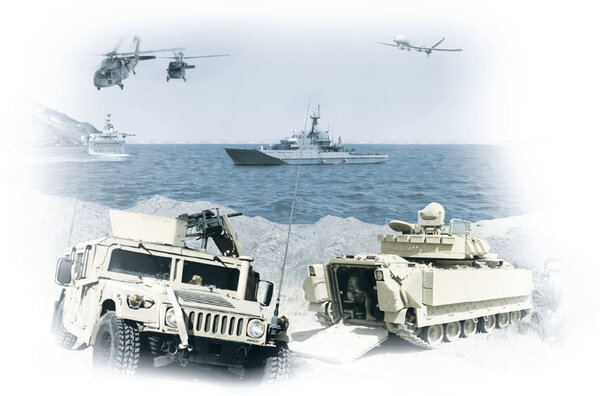
With wide industry and government backing, the SOSA Consortium was created to collaboratively develop open standards and best practices for high-performance defense sensor systems, with the ultimate goal of lowering costs and streamlining the DOD acquisition process, as well as enabling easier technology insertions. This goal is essential to eliminate the interoperability headaches and expense of proprietary architectures while ensuring future breakthrough designs can be cost-effectively developed and upgraded.
Keeping this objective at the forefront, the vision of the SOSA Consortium is to build a viable vendor- and platform-agnostic open modular reference architecture and business model. This approach is designed to make both sensor system integration and future system upgrades easier and faster. The group is also taking into account ways to reduce the cost of fielding systems. The defense community knows that time equals money, so the faster a supplier can field a system, the more cost-effective the project can be and at the same time can free up resources for other sensor projects.
The comprehensive standards approach the SOSA Consortium is adopting also increases the rate at which systems can be updated enabling them to be upgraded more often as needs mandate and technology allows.
The bottom line is that SOSA represents a giant step toward facilitating the ability to create the most advanced systems and tools the warfighter will need to do their job.
HOW THE SOSA TECHNICAL STANDARD INFLUENCES MAJOR DESIGN ELEMENTS
The SOSA Technical Standard is taking into consideration all aspects of system architecture, including hardware, software, electro mechanical, and business-related elements that support real-time sensing solution application development. The SOSA Technical Standard is also leveraging existing and emerging standards such as OpenVPX, FACE™, OMS, CMOSS, HOST, and VICTORY to build on previous work and for more widespread adoption.
A big advantage that the SOSA Technical Standard brings is the ability for design teams to move between projects without having to learn a whole new architecture or design approach. One goal of SOSA Technical Standard is to enable SOSA modules, developed and proven on one platform, to easily integrate onto other platforms, perhaps even by a completely different integrator. Another potential result of easily-integrated SOSA modules is that it helps integrators, or even specialty houses, streamline the development of unique functionality or capabilities, thus further expanding defense system value. All of this, in turn, drives innovation by stimulating the design of new, novel, and more intelligent system functionalities.
Furthermore, the definitions put into place an open framework that facilitates both hardware and software interoperability and interchangeability. In time, these standardized hardware and software interfaces will all but put an end to the extra costs and scalability problems encountered with proprietary systems and their inherent limitations. The end result is to achieve highly adaptable C4ISR systems with lower lifecycle costs and with the ability to quickly respond to changing user requirements.
Also, numerous subgroups have been formed to deal with specific aspects of the standard. These include groups dealing with system and sensor management, security, intermodule interactions and low-latency issues, as well as conformance.
Want to know more about SOSA™? Stayed tuned!
In future blog posts we will discuss aspects of how SOSA is changing how systems are being integrated and fielded such as the SOSA architecture model, hardware slot and module profiles, and system-level functions such as security and system management.
You can also download our latest SOSA™ white paper:
Driving VPX Market Innovations with SOSA™ Technical Standard


{{comment.comment}}